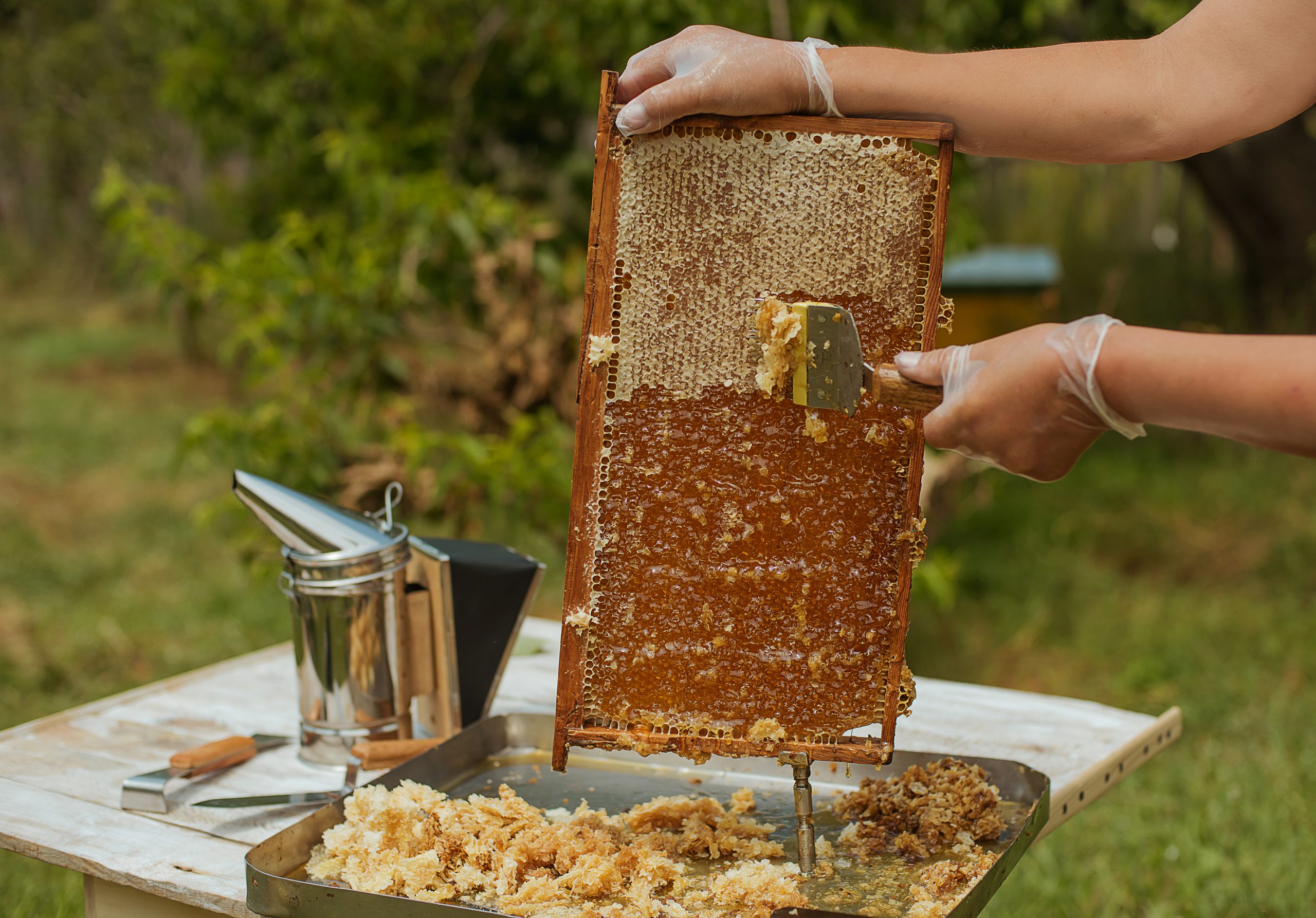Honeybees and Wild Bees—Which are the Nectar Hogs?
June 01, 2016
With spring in full swing, many large scale orchards have begun working with beekeepers, in that beekeepers set up their colonies to pollinate the orchard’s crop while ensuring their honeybees have ample sources of nectar during blooming season. Whether it’s apple or almond production, the honeybees form mutually beneficially relationships with the crops. Of course, once the pollination job is completed, it’s in the honeybees’ best interest to be removed quickly to avoid overexposure to pesticides. However, one CA bee broker, Joe Traynor, whose bees pollinate almonds every year, hypothesizes there is another reason to remove colonies—honeybees are “nectar hogs” that can deplete trees’ resources if they keep collecting nectar after pollination.
Traynor’ speculation, which, as a consultant and manager of Scientific Ag Co, he was able to write in an article, comes from the desire to “throw things out there to make people think. There’s no basis of proof, but I would like to see it tested.” By throwing this theory out there, Traynor echoed the observations of University of California researchers including Ted DeJong. “It’s an interesting theory,” DeJong said, “but it’s not that simple.”
DeJong pointed out that the warmer temperatures at which bees thrive are also at levels by which trees show higher growth rates, demanding more carbohydrates. “If carbohydrate demands for all fruit are greater than the trees can supply,” DeJong argued, “then some fruit abort and those fruit drop,” which could be believed to be caused by large losses of nectar by ‘nectar hog’ honeybees as Traynor theorizes.
Traynor believes it’s possible for honeybees to visit trees often and take away energy they need for nut development. His bees this year weighed perhaps 10-15 pounds per colony more when they were removed. Honeybees, as per evolution and breeding, have learned to store nectar “far in excess of their immediate needs” for honey. If honeybees forage in orchards after pollination is over, the bees turn almond trees into nectar producing machines, causing trees to “bleed” carbohydrates they need for production.
As Traynor states, “weather during almond bloom can be too good. Warm spells right after pollination could cause excess nectar flow and collection by honeybees. This could explain why disappointing almond crops sometimes occur after ideal weather throughout the blooming period.” Citing USDA studies from 1977, Traynor noticed wild bees as pollinators collect relatively little nectar from flowers, “enough to fuel their flights to flowers and serve as ‘glue’ for their pollen loads,” hence Traynor’s name for honeybees: nectar hogs. Such facts even have researchers studying wild bees as alternatives for large scale pollination and has Traynor’s theory gaining enough traction for farmers and beekeepers to closely regulate honeybee activity during blooming season.


.jpg)




